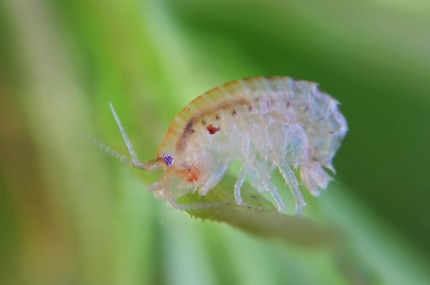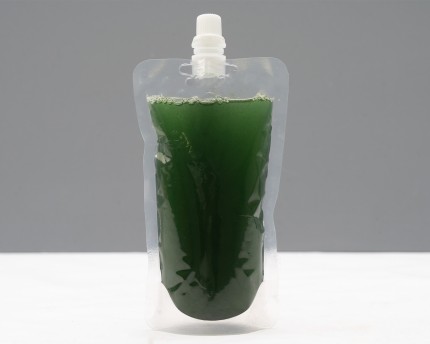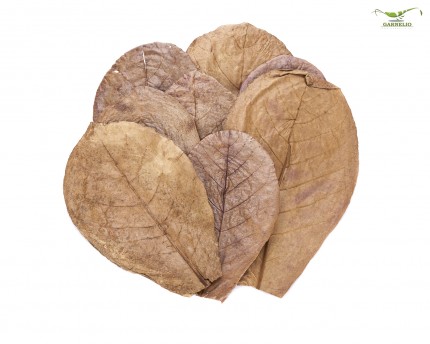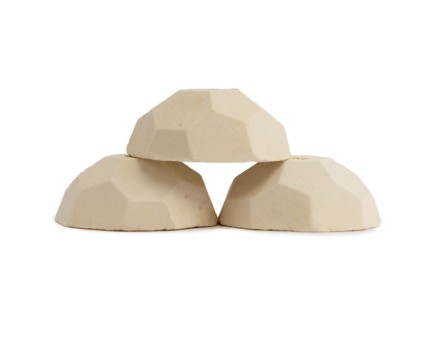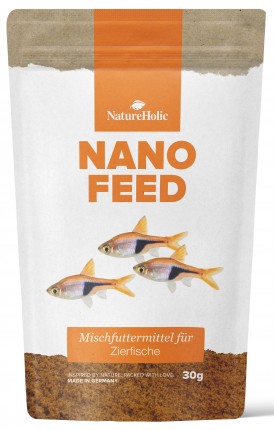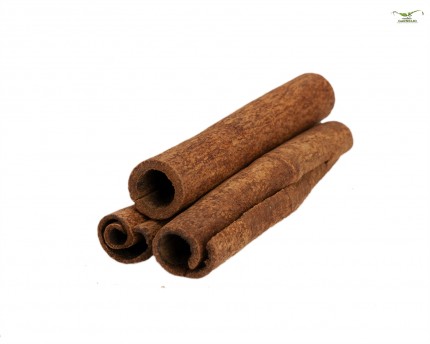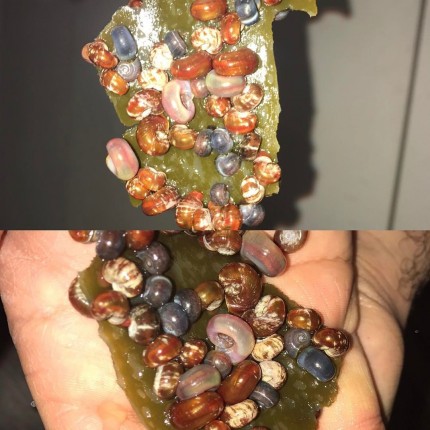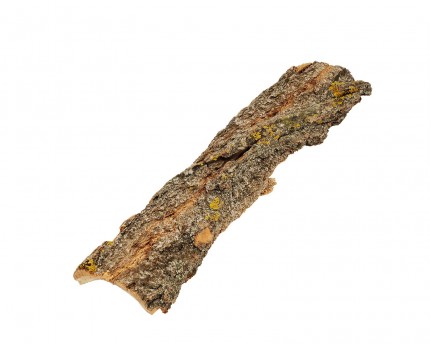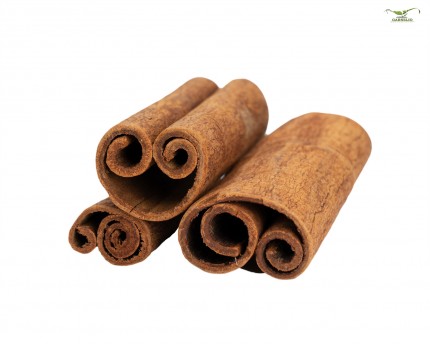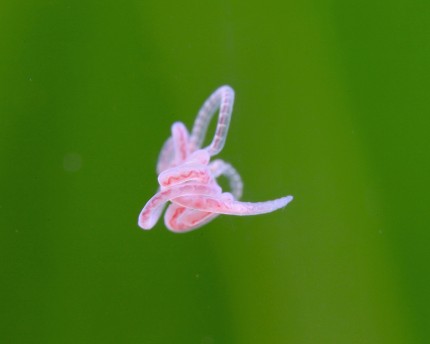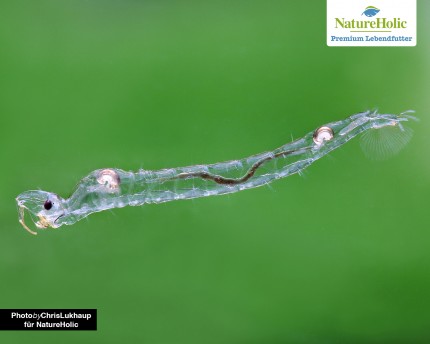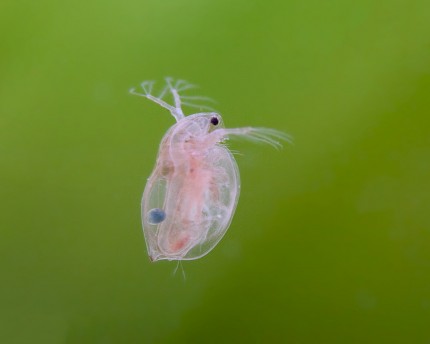Individual feed for individual needs
The choice of food is large and varied. Different aquarium inhabitants and different species have different needs here. For example, there are flake foods for swimming fish and food tablets for bottom fish/catfish here, among others. And also depending on age, size and species, many different types of food are offered here. Besides fish, shrimp and crayfish are also becoming increasingly popular. These invertebrates can be found in more and more aquariums. Of course, they have different needs than aquarium fish and co. and should be fed accordingly. Here there are special shrimp foods/crab foods that are optimally adapted to the animals.
Variety on the menu
In addition to normal food, many ornamental fish and also shrimp appreciate other types of food, such as various natural products like sea mantle tree leaves or algae leaves, or live food and frozen food. However, the latter should only be given once in a while, e.g. once a week, and in not too large quantities. And also natural food sticks such as Brennesellsticks or spinach sticks are eagerly eaten by dwarf shrimps, dwarf crabs and aquarium snails.
Less can be more
In addition to the right type of food, the amount of food is also very crucial. Many people tend to overfeed their aquarium inhabitants. However, the fear that the shrimp or ornamental fish might starve to death is completely unfounded. After all, an adult crayfish or shrimp can even survive for several weeks without food in a well-running aquarium. When feeding the animals, the basic rule is that less is sometimes more. It should always be fed only as much as the animals can eat within about 15-25 minutes. All needs of the individual animals should be considered here. Bottom-feeding fish, for example, often prefer to eat at night, and shy ornamental fish and shy cherax crayfish often only come out when the lights go out in the evening. The key here is to get to know your aquarium inhabitants and cater to them individually. It is important not to feed too much, because food remains pollute the water and quickly lead to bad water values. A danger for all tank inhabitants. Especially in community aquariums, in which several species live, it quickly comes to overfeeding, precisely because the owners want to meet all needs. Here, however, it should also be considered that all bottom dwellers usually also benefit from flake food and Co. and therefore need less food.
Conclusion
Feeding their dwarf shrimp, large arm shrimp, crayfish, aquarium snails, ornamental fish and their other aquarium inhabitants should definitely be done with the necessary seriousness. It is important that all the inhabitants of your aquarium are fed in a manner appropriate to their species, but without unnecessarily polluting the water.

